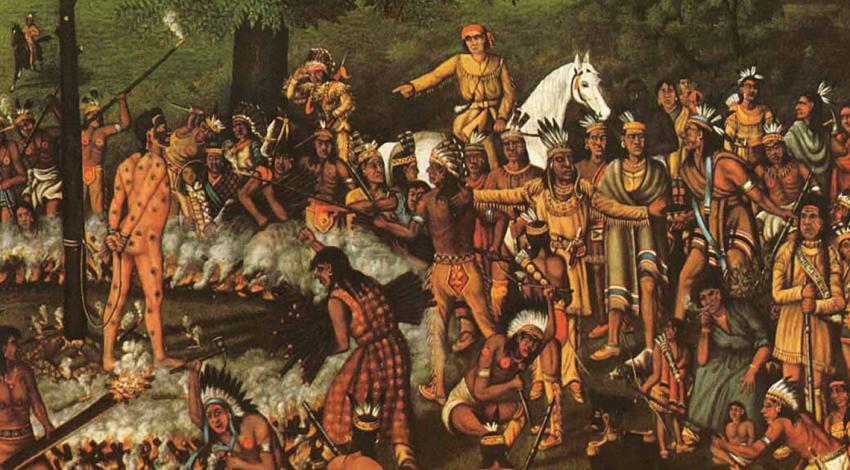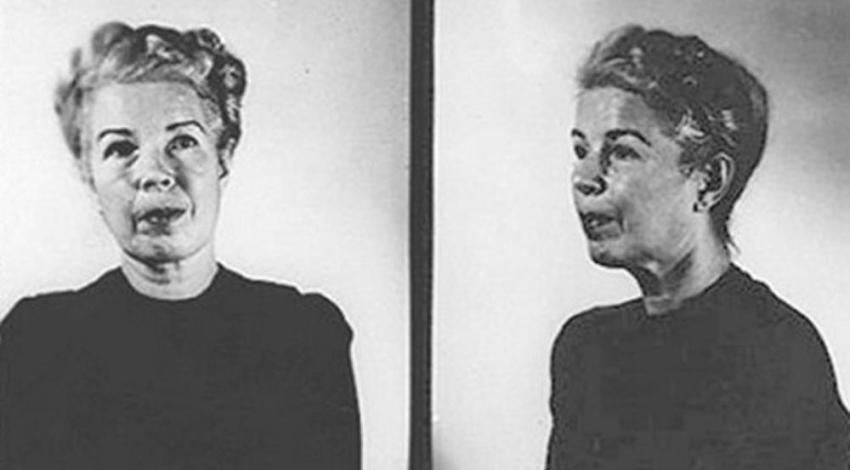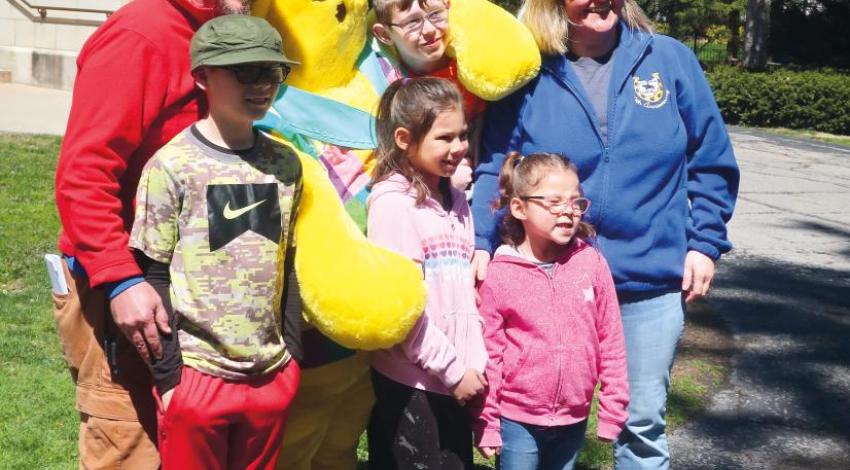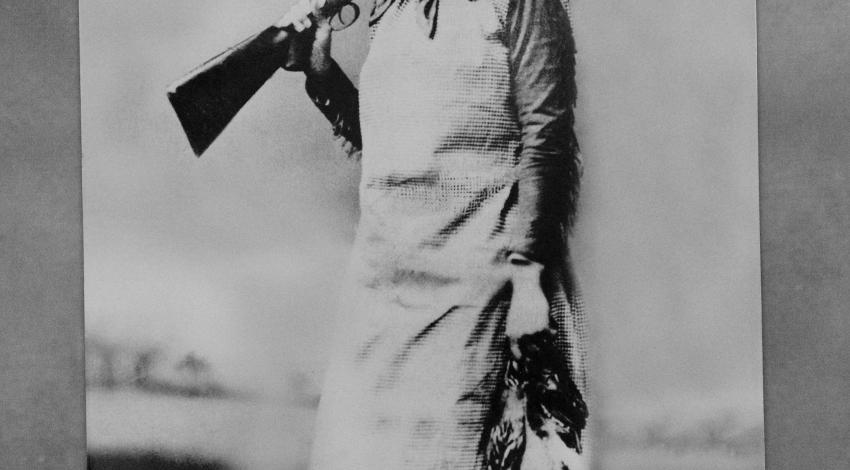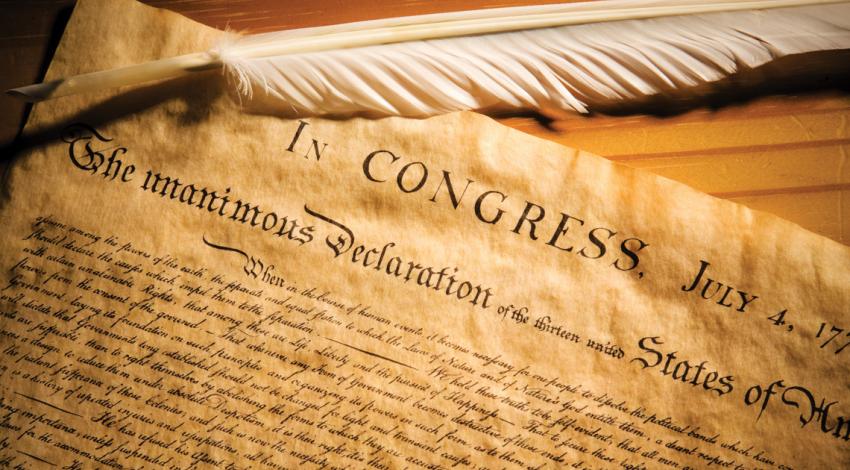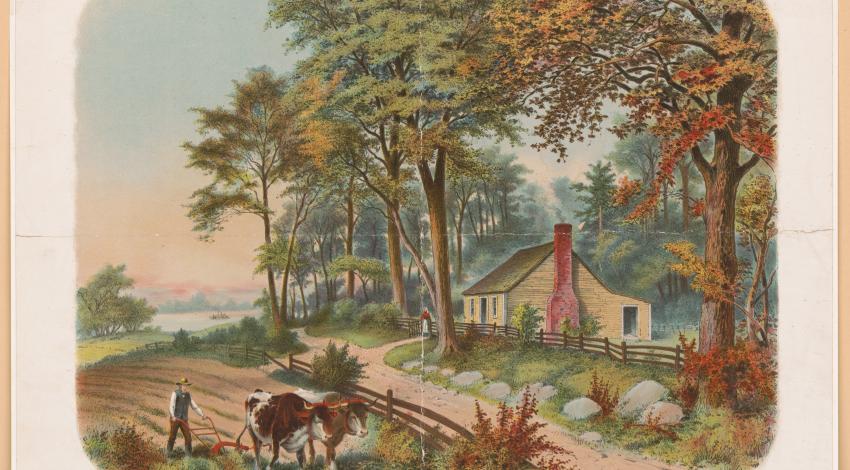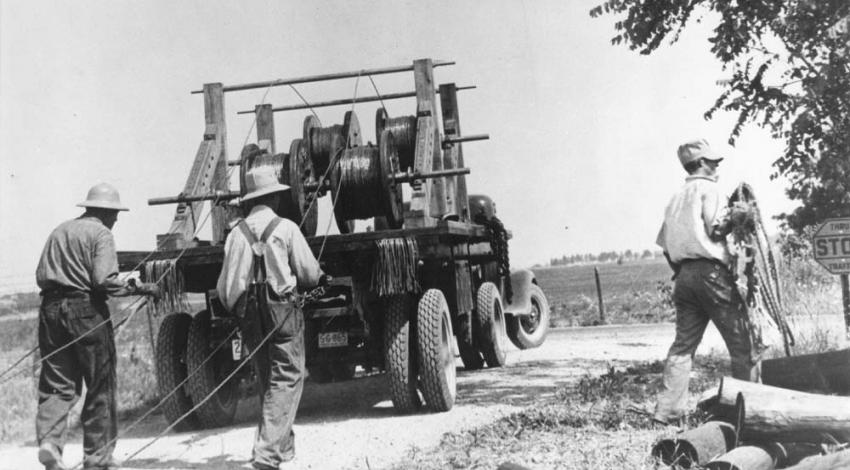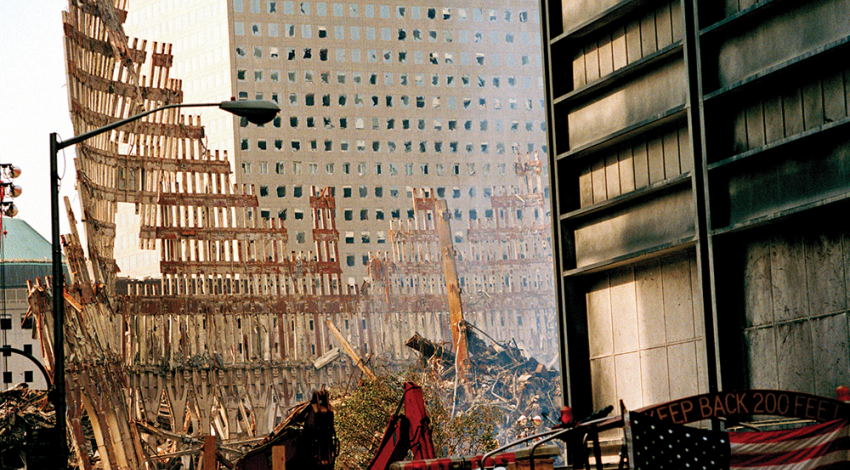One of the most infamous incidents in all of early Ohio history occurred 241 years ago this month, on June 11, 1782, when Col. William Crawford of the fledgling U.S. Army was burned at the stake by Native American locals out for revenge.
The story begins several months earlier, in March 1782, when 96 members of the Delaware tribe, who had converted to Christianity, were rounded up, massacred, and burned along with their entire village of Gnadenhutten (meaning huts, or tents, of grace) along the Tuscarawas River by Col. David Williamson and his contingent of frontier militia.
